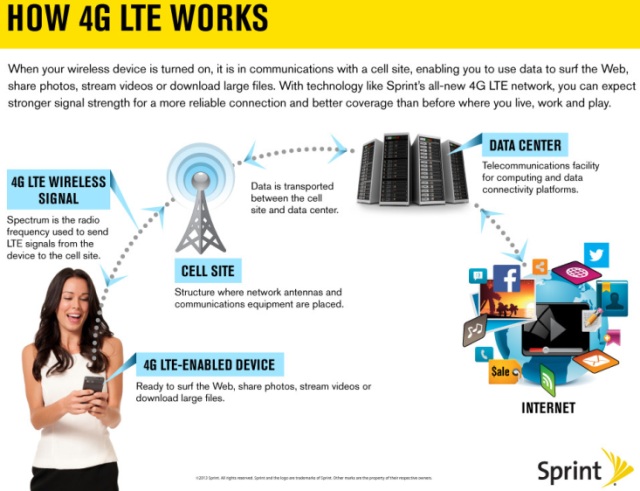Samsung has experienced difficulty expanding its customer base to offer 4G LTE network in the past six months.
The Korean device vendor, which is ambitious to expand its presence in the 4G LTE space, did not announce a new LTE customer in Q2 2014 or Q3 2014.
“Samsung Networks will need to expand its LTE customer base to continue to drive revenue growth through 2015,” said Michael Soper, telecom analyst, Technology Business Research.
On the other hand, both Ericsson and Nokia Networks, bigger rivals of Samsung, grew revenue in Q3 2014 thriving on mobile broadband. Nokia Networks and Ericsson do not share their specific LTE 4G business growth and targets.
Technology Business Research says Samsung Networks continues to achieve revenue growth, likely because the company is providing densification and LTE-Advanced solutions such as carrier aggregation, to its domestic customers in South Korea as well as others in foreign markets, including Verizon Wireless and Sprint.
LTE grows
Samsung is struggling at a time when the LTE subscriber base is poised for rapid growth in global telecom markets.
“LTE is becoming well-established around the world with networks available in more than 100 countries spanning all global regions today,” said Kristin Paulin, senior analyst at Ovum, recently.
Industry analysts say there are still plenty more LTE launches to come, with at least 30 more operators planning to launch yet this year.
While LTE subscriptions grew 179 percent from 2012 to 2013, they are still forecasted to grow 95 percent from 2013 to 2014 to reach 386 million subscriptions.
4G Americas recently said the LTE industry added nearly 42 million LTE connections in Q2 2014.
According to some of the forecasts, more than 100 million new LTE connections are expected in 2014, ending with 386 million LTE connections and 1 billion by early 2017 rather than previous forecasts by early 2018.
Samsung rivals grow
50 percent of the world’s LTE smartphone traffic is currently served by Ericsson networks, which is more than double the traffic of its closest competitor. Ericsson works with the top 10 LTE operators, as ranked by LTE subscriptions worldwide.
Nokia Networks said Mobile Broadband sales are driving overall revenue and margin growth as China Mobile continues to build its TD-LTE network and, to a lesser extent, Sprint pursues its Spark initiative. T-Mobile U.S. signed Nokia Networks to a new agreement to expand LTE to new frequency bands and deploy LTE-Advanced features.
Samsung LTE slows down
TBR says Samsung Networks revenue growth slowed to 7.3 percent year-to-year in Q3 2014, marking the slowest growth since Q4 2012. To continue posting positive revenue growth in telecom Networks, Samsung will need to win additional densification and LTE contracts, particularly in Europe and emerging markets.
Recently, Reliance Jio Infocomm, the 4G venture of Reliance Industries (RIL) said it signed $750 million loan to source 4G equipments from Samsung.
But Samsung is yet to sign any deal with Airtel, the largest 4G operator in India. Today, Bharti Airtel India CEO Gopal Vittal said the company is rolling out 4G services significantly and user adoption is picking up.
Both Vodafone and Idea Cellular have 4G capable spectrum. Vodafone is keen to test 4G networks next year. Idea Cellular is waiting for the right time.
Samsung Networks’ deal activity has slowed significantly in H2 2014, but this has yet to impact revenue, says TBR.
Samsung has not announced any new contracts within the Networks segment since February 2014 when the company was selected as a supplier to Vodafone’s Project Spring network investment program.
Revenue has yet to be impacted by the dearth of new contracts, however, as in the time since the Vodafone announcement Samsung Networks has seen the commencement of projects it won in previous quarters. Samsung is receiving revenue from Sprint’s Spark rollout, in which the vendor is providing TD-LTE equipment, as well as from its contract to supply Verizon with femtocells, says TBR.
Samsung will see revenue from Sprint Spark through at least H1 2015, but the lack of new contracts in the past six months is concerning nonetheless. Samsung may need to lower its margin targets to win new LTE contracts as opportunities increasingly present themselves in emerging markets, where Samsung lacks an installed customer base.
Baburajan K
[email protected]






